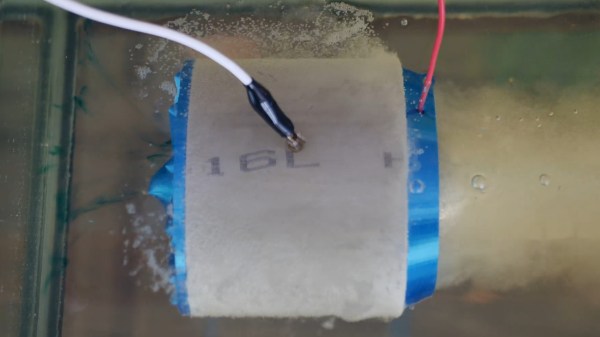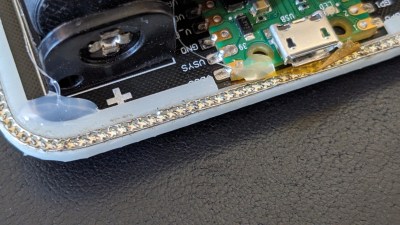Looking back through the archives, we actually haven’t seen much in the way of homebrew magnetohydrodynamic drives (MHDs) — which is somewhat surprising, as the core concept isn’t nearly as complicated as its syllable-laden name might indicate. You can see results with little more than a magnet, a couple of electrodes, and a bench power supply. The trick is turning these base components into something that might actually have practical value.
That’s where we find [Jay Bowles], who has gone down a bit of a MHD rabbit hole these last few months. His latest MHD unit is a considerable improvement over its predecessor by all practical metrics, and as an added bonus, really nails the look of a futuristic propulsion unit. Even though the all-electric thruster hasn’t gone on a mission to anywhere more exotic than a table-top aquarium, you could easily imagine a pair of them slung under some top secret stealth watercraft.
Continue reading “Bulked Up MHD Drive Makes Waves While Standing Still”
















